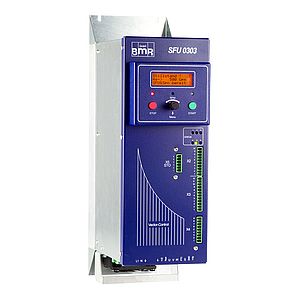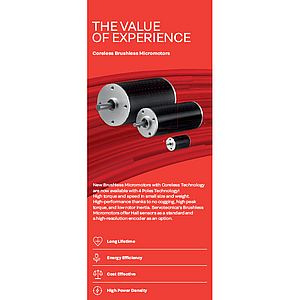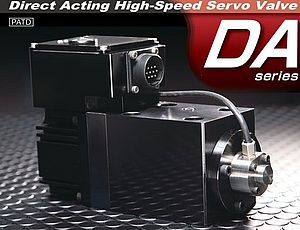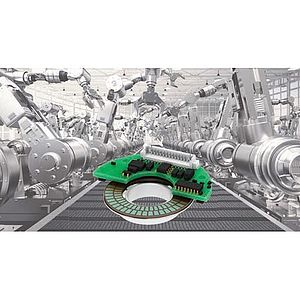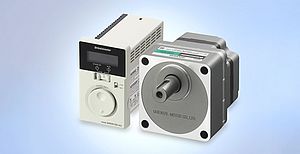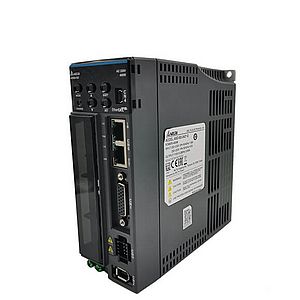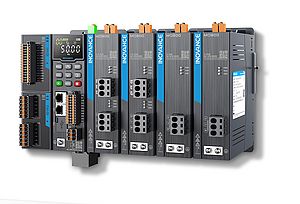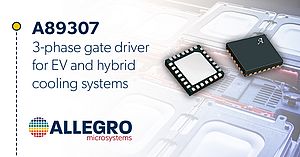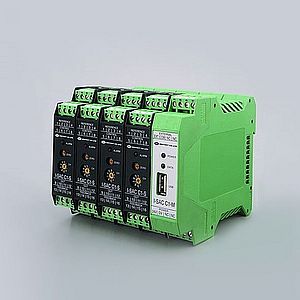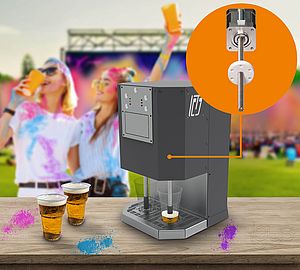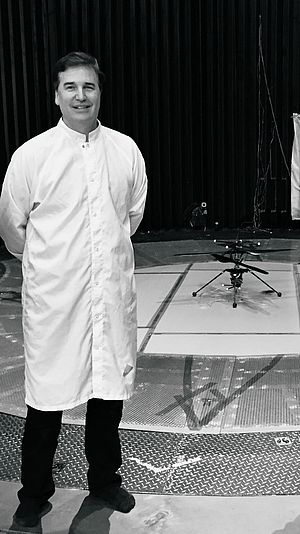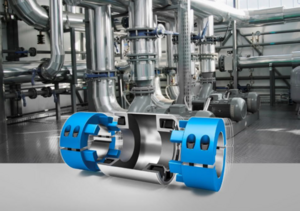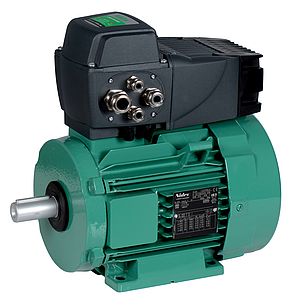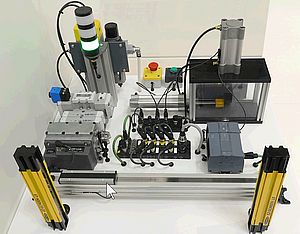When aircraft touch down on the runway, the friction between the tyres and the asphalt results in heavy rubber abrasion. This can become a problem, because in wet conditions the dirty runway turns into a slippery surface and the braking distance of the aircraft increases significantly. Airports must therefore clean their runways regularly to ensure traffic safety. Up to now, conventional milling bonnets have mostly been used to remove dirt. However, these systems, which work with high-pressure water, often have a disadvantage: Dirty water builds up under the bonnets. The water jet therefore hits the backed-up water first and is thus weakened. This reduces the efficiency of the cleaning process. Some of the dirty water also escapes from under the bonnet, gets into the pores of the asphalt and settles there. Unsightly streaks then form on the surface.
Engineers searched for a better solution
The problem is well known at tl traffic-lines and Maschinenbau Cernota. "We have been servicing and repairing high-pressure water cleaning systems from well-known manufacturers for many years," reports Martin Appel, a qualified industrial engineer. He and his colleagues therefore knew exactly where the weak points of the devices were. And they were certain that the process could be optimised. The engineers further developed the high-pressure water process and changed some crucial details. The result was the "twister" - a new type of cleaning module with high-pressure water technology (3.500 bar). In contrast to conventional highpressure water milling bonnets, the system has a patented annular gap suction system: It sucks the dirty water away immediately so that no waterlogging occurs. The water jet therefore hits the surface directly and cleans it much more efficiently than conventional milling bonnets. The extraction of loose rubber particles, which precedes the use of the water jet, also contributes to thorough cleaning. In addition, flat jet nozzles, which are much gentler on the surface, can be used for cleaning instead of the usual round jet nozzles.
Working width should be flexibly adjustable
The "twister" was designed for demarcation work on road surfaces and can clean surfaces with a width of 350 mm to 520 mm, from paint and thermoplastic to film and cold plastic agglomerates. However, due to its small working width, the module is only suitable for larger areas such as airport runways to a limited extent. For this reason, Maschinenbau Cernota has developed the duo twister on behalf of tl trafficlines especially for this area of application. It consists of two twister units rotating around a common centre and originally offered a fixed working width of 3.100 mm.
"However, as the market soon demanded modules with a width of up to 4.200 mm, we expanded the duo twister," recalls Martin Appel. "We wanted a solution where the working width could be infinitely adjusted up to a maximum of 4.200 mm." The challenge was to build a precisely adjustable design with a self-locking mechanism: It should prevent the working width from changing during the cleaning process, e.g. due to vibrations on the module. After intensive research, the engineers found the ideal component for this: rack and pinion gearboxes from LEANTECHNIK. "The gearboxes fulfil our high quality requirements and offer excellent value for money," says Martin Appel, explaining the decision. In addition to the high precision, the robustness of the gearboxes was particularly important to him and his colleagues, as the duo twister modules must also function perfectly in wind and weather. Thanks to a special coating, LEANTECHNIK therefore made it possible to use the rack and pinion gearboxes even in damp environments.
Precise and synchronised positioning guaranteed
Rack and pinion gears from LEANTECHNIK are known for their precision and robustness. Renowned companies around the world use them in sophisticated positioning systems - in car production as well as in food production or packaging systems.
The rack and pinion gearboxes are available in the lifgo and lean SL series, which have been developed for different areas of application. Lifgo gearboxes are suitable for all applications in which heavy loads need to be positioned precisely and synchronised. They are manufactured in several versions with lifting forces from 2.000 to 25.000 N and achieve lifting speeds of 3 m/s. There are also variants for applications with long travel distances, with gripping and centring movements or a combination of both.
Gearboxes can be combined with each other as required
Simple synchronous positioning tasks without lateral force absorption, on the other hand, are best realised with lean SL rack and pinion gearboxes. Lean SL rack and pinion gearboxes are available in three sizes and two versions. They can absorb lifting forces from 800 to 8.000 N and realise lifting movements at a speed of up to 0.6 m/s. In addition to the standard model, LEANTECHNIK also manufactures a variant for gripping and centring movements. For applications with limited installation space, the extremely compact lean SL 5.m, which weighs just 0.36 kg and is designed for lifting forces of up to 300 N, is available for applications with limited installation space. The lean SL rack and pinion gearbox also handles heavy loads with ease - in size 5.5 it can accommodate lifting forces of up to 25.000 N.
All lifgo and lean SL rack and pinion gearboxes can be freely combined with each other and also arranged in any order - e.g. for applications with long travel distances.
Much faster and more thorough runway cleaning
The duo twister modules are fitted with lean SL rack and pinion gearboxes in the lean SL double 5.3 version (lifting force: 8.000 N). For the connection to the drive unit, the gearboxes have a hollow shaft with a keyway (Ø35H7), which enables highly dynamic, lowbacklash and high-load change movements. LEANTECHNIK also offers three other pinion shaft ends for its rack and pinion gearboxes. Each duo twister module is equipped with a gearbox on which two gear racks move. "This allows the customer to set the working width exactly as required," explains engineer Martin Appel.
This is a great advantage, as conventional high-pressure cleaning systems usually have fixed working widths of less than 2 metres. "As the touch-down zone is around 16 metres wide, these vehicles often have to drive back and forth or several vehicles have to be staggered," says Appel. "With our duo twister modules, a single vehicle can do the same job in a much shorter time." The user can work with the modules for 6.5 hours at a time and thus clean areas of up to 5.000 m² per hour.
Not only airports are interested in the new process
Meanwhile, the market is showing great interest in the innovative milling system - not only airports, but also construction companies and racetrack operators have already enquired. The modules can even remove road markings, oil slicks or concrete slurry without leaving any residue.











